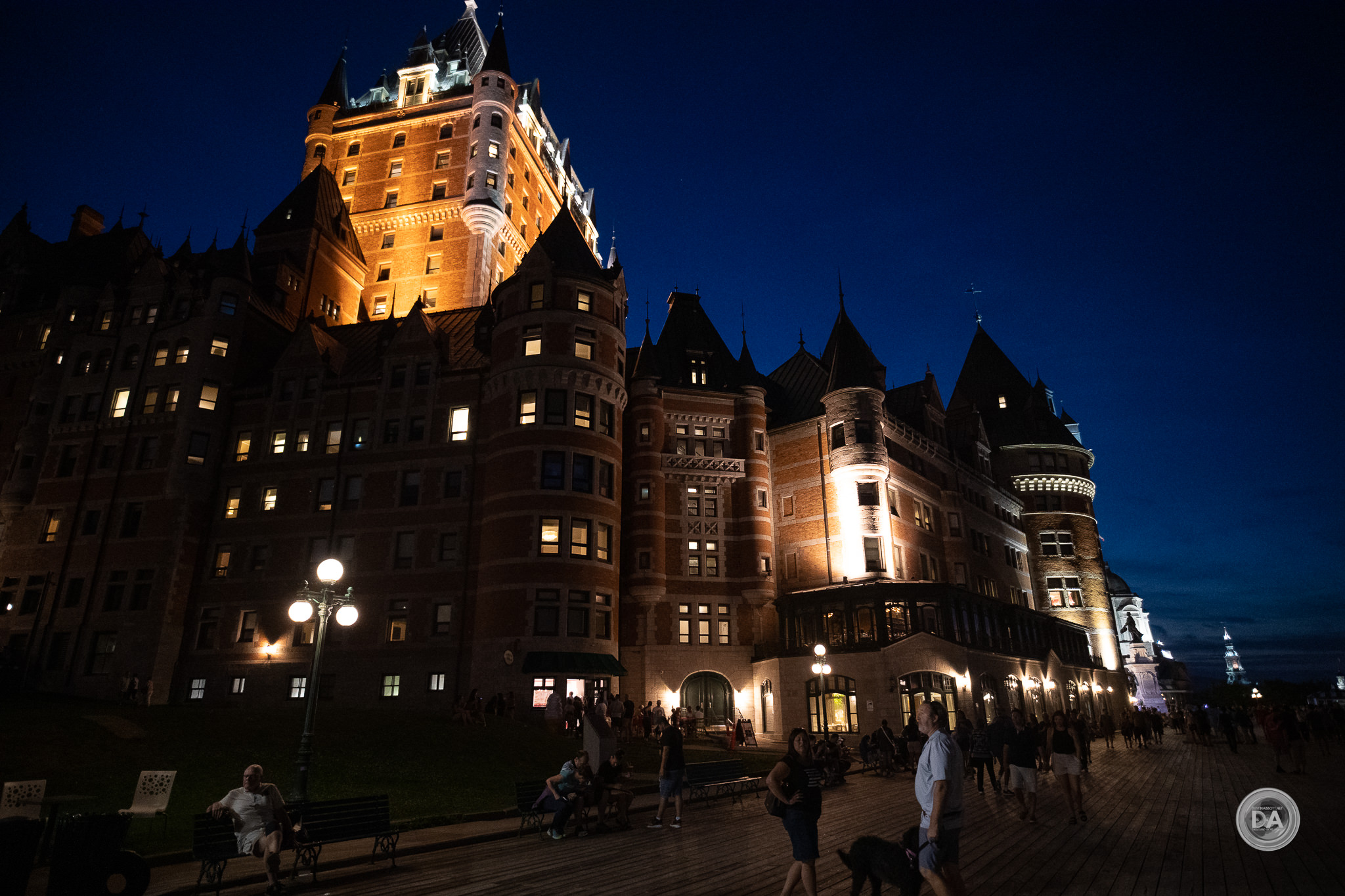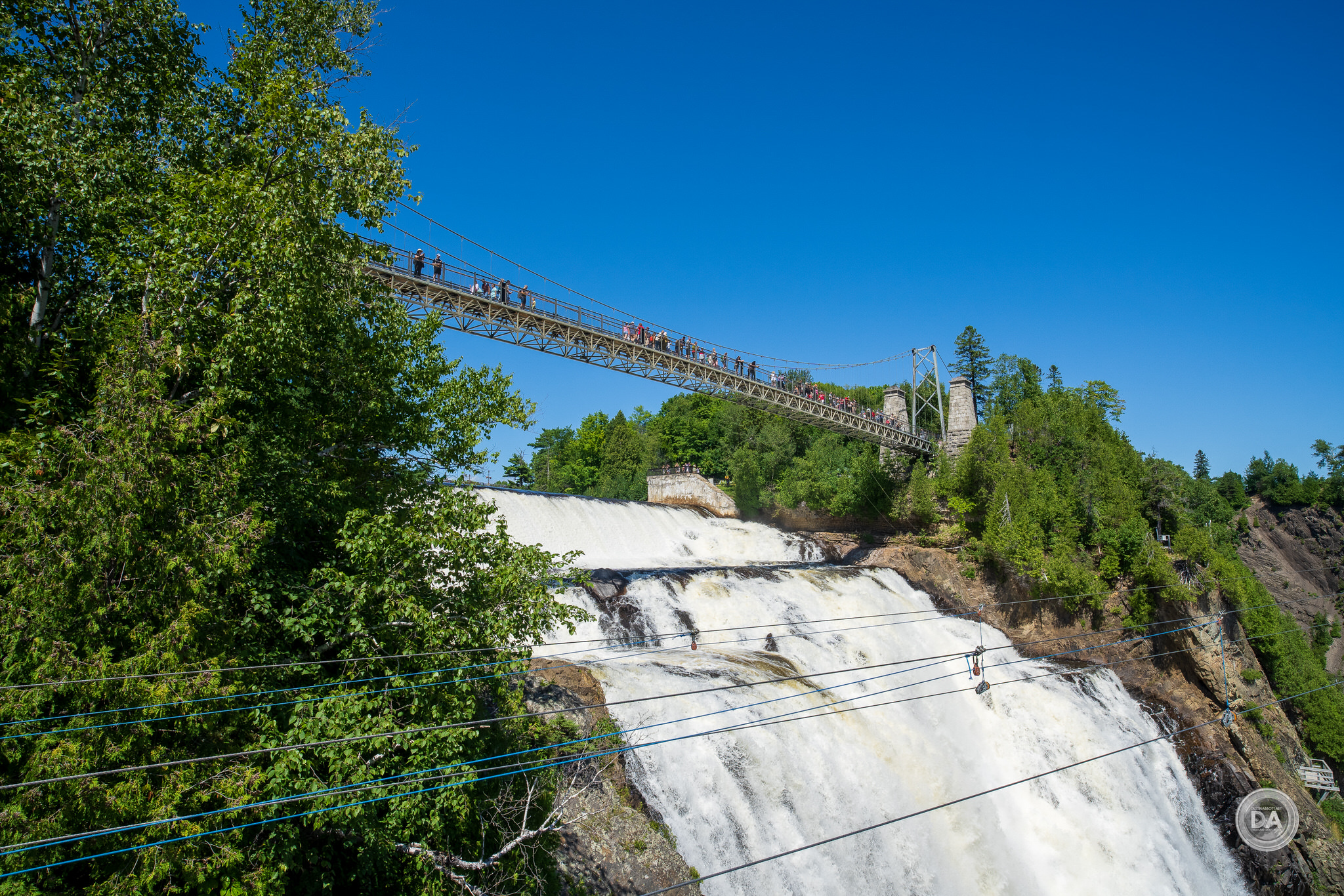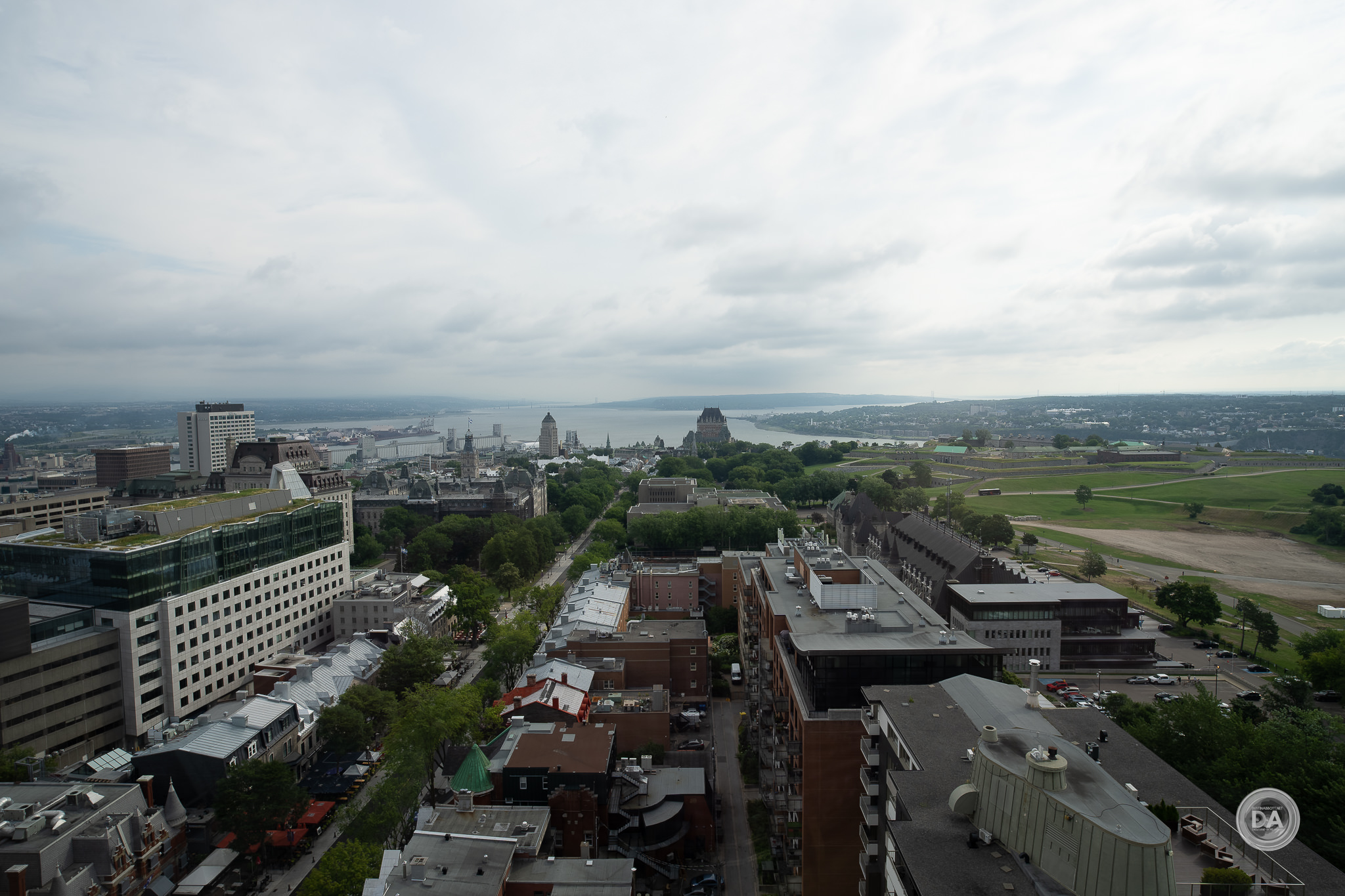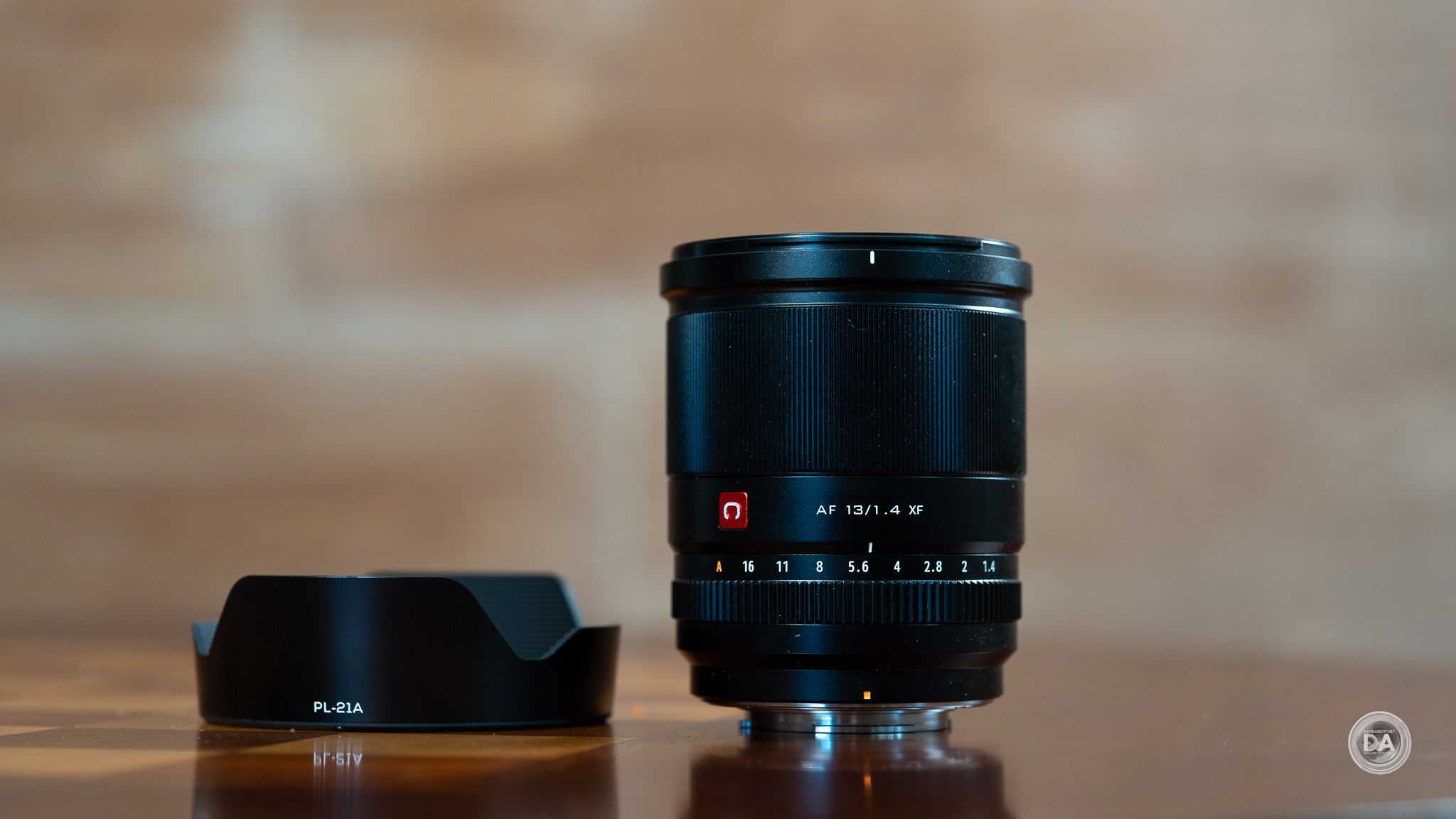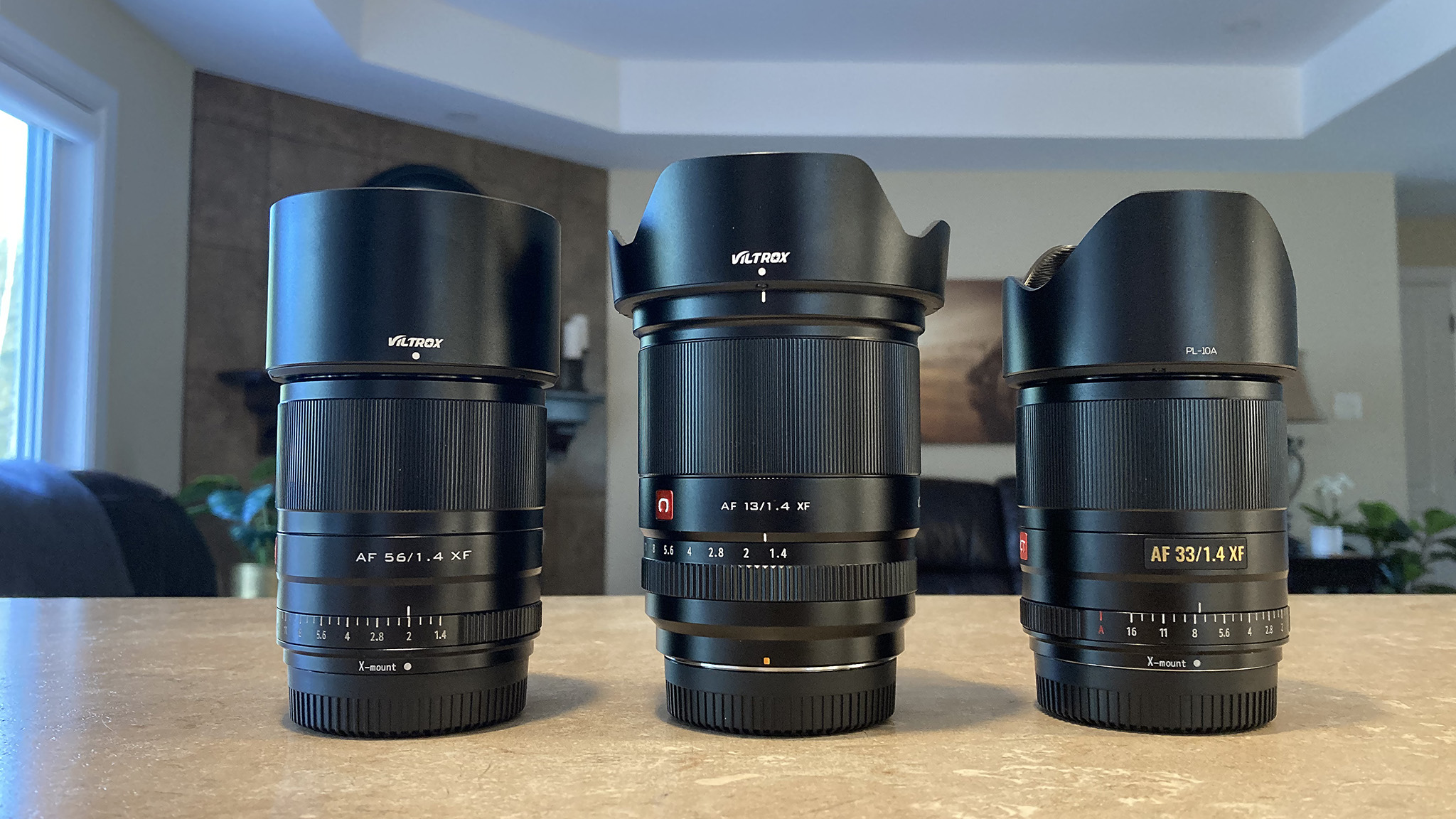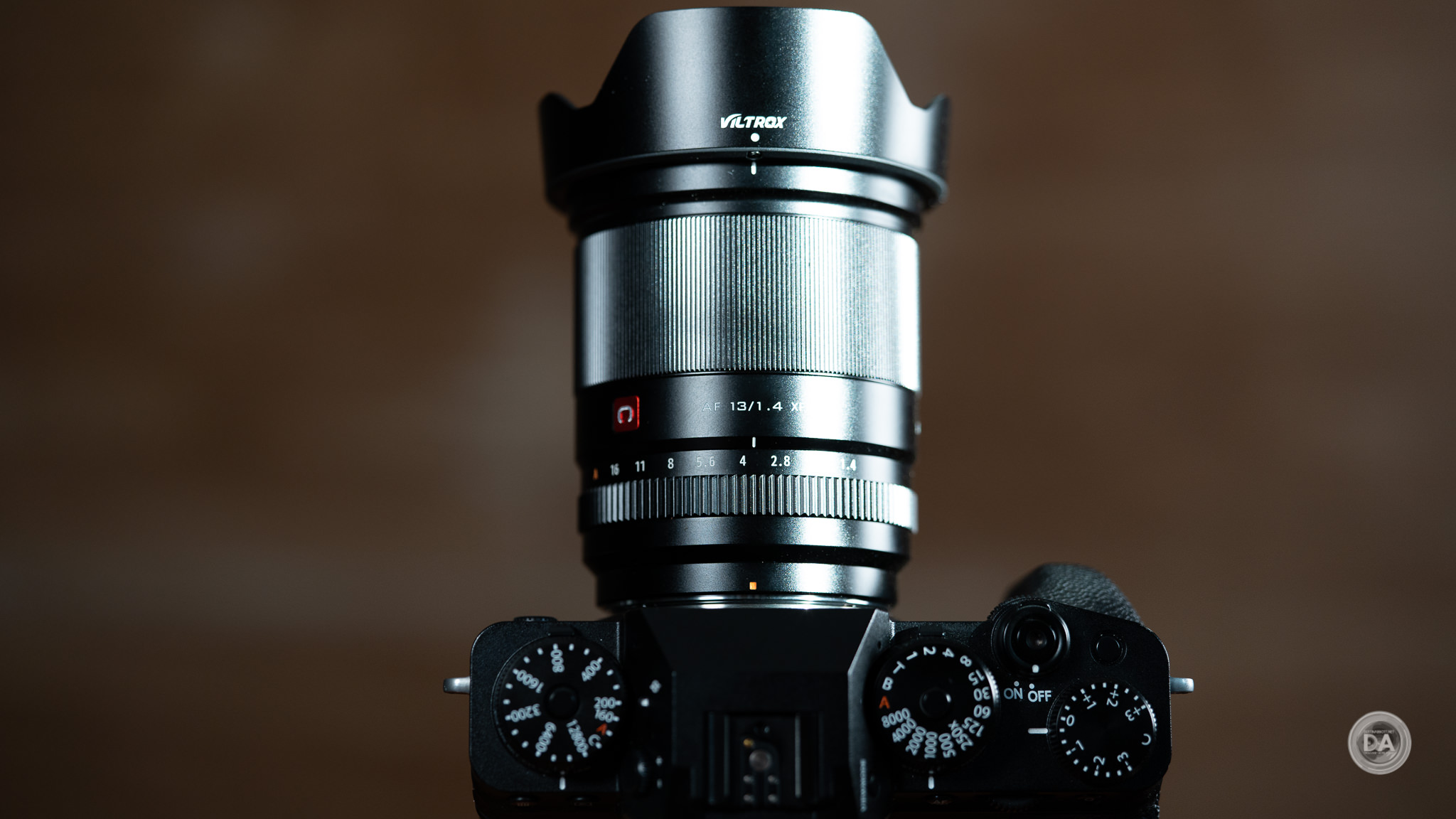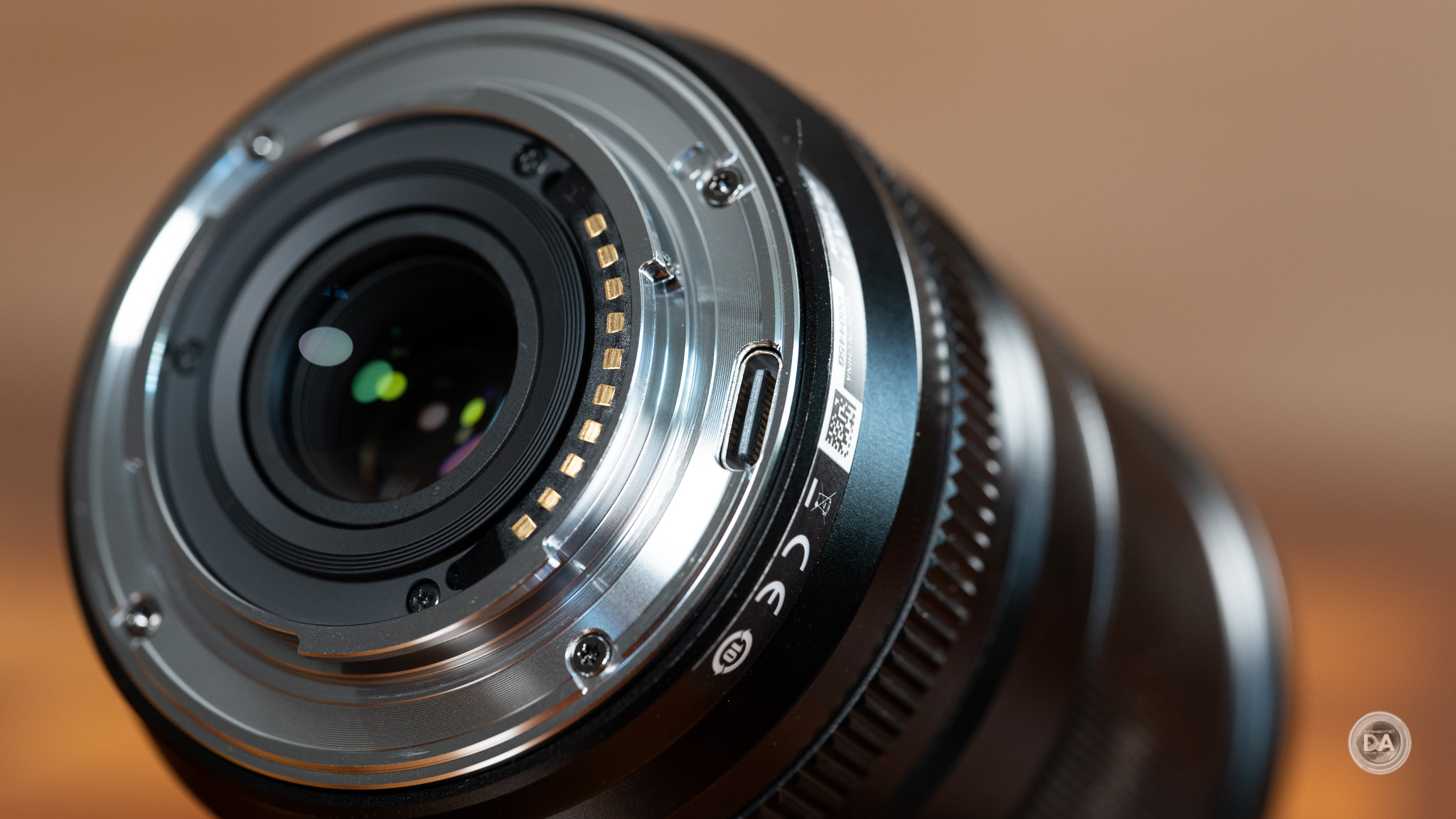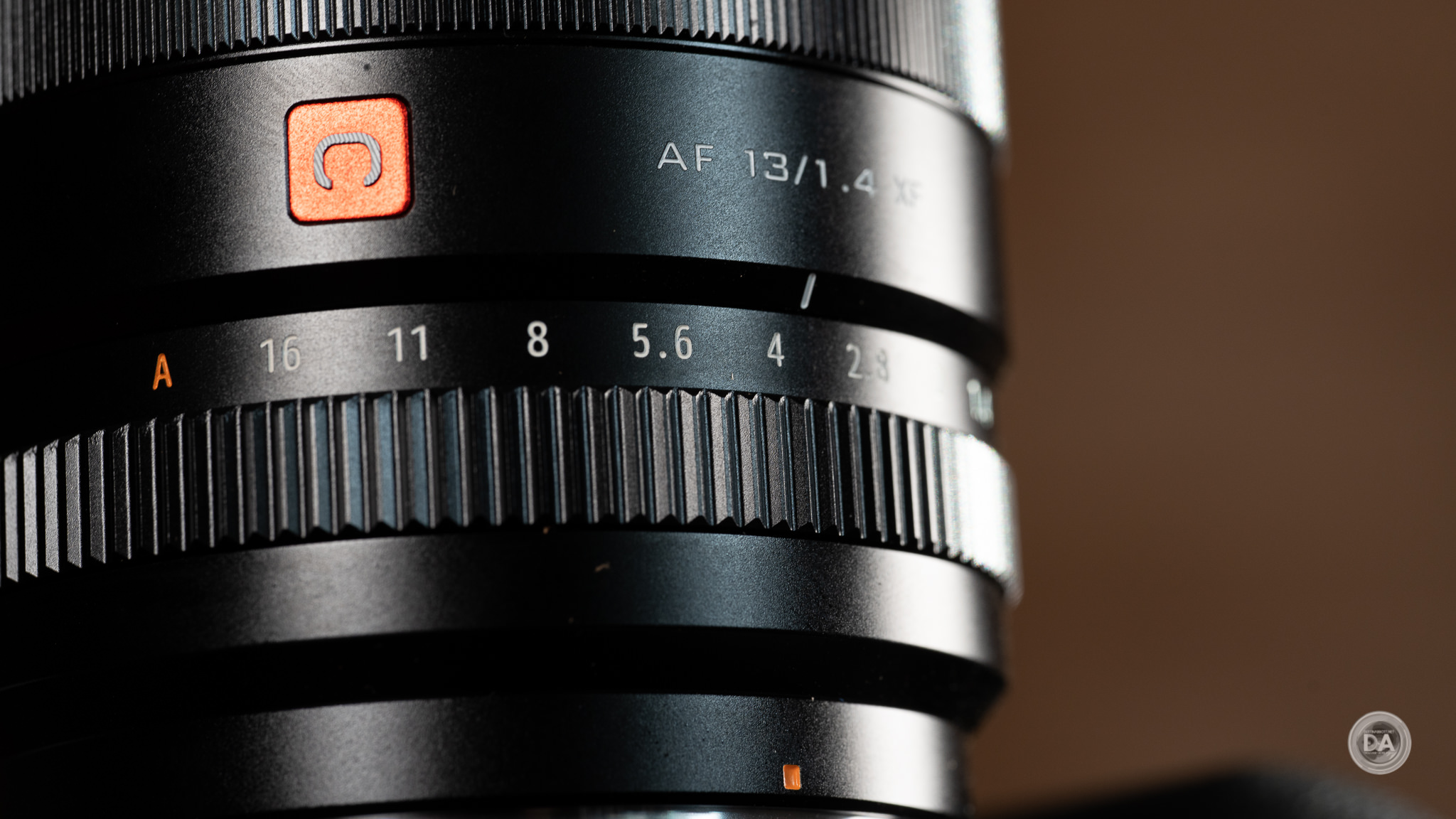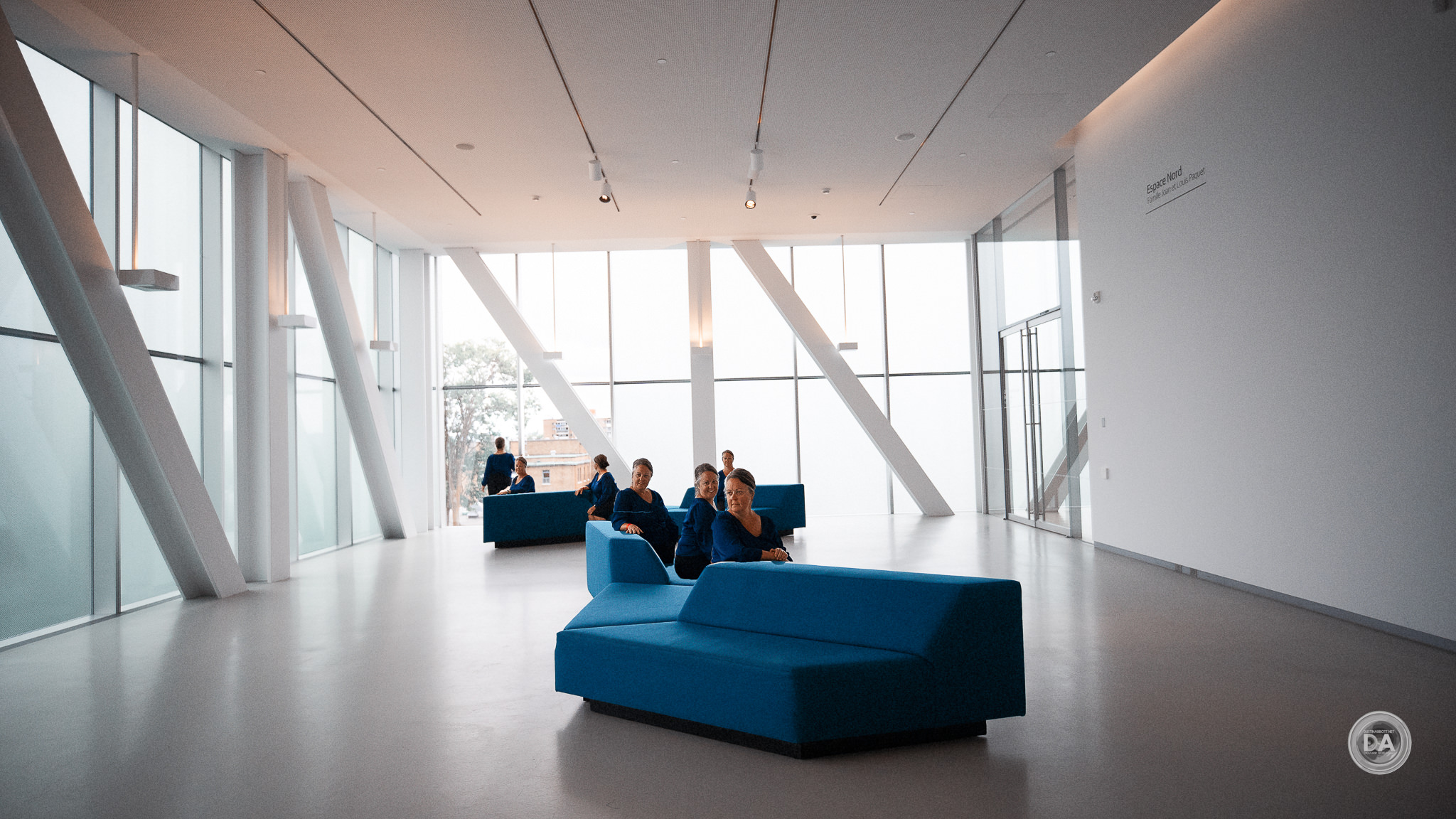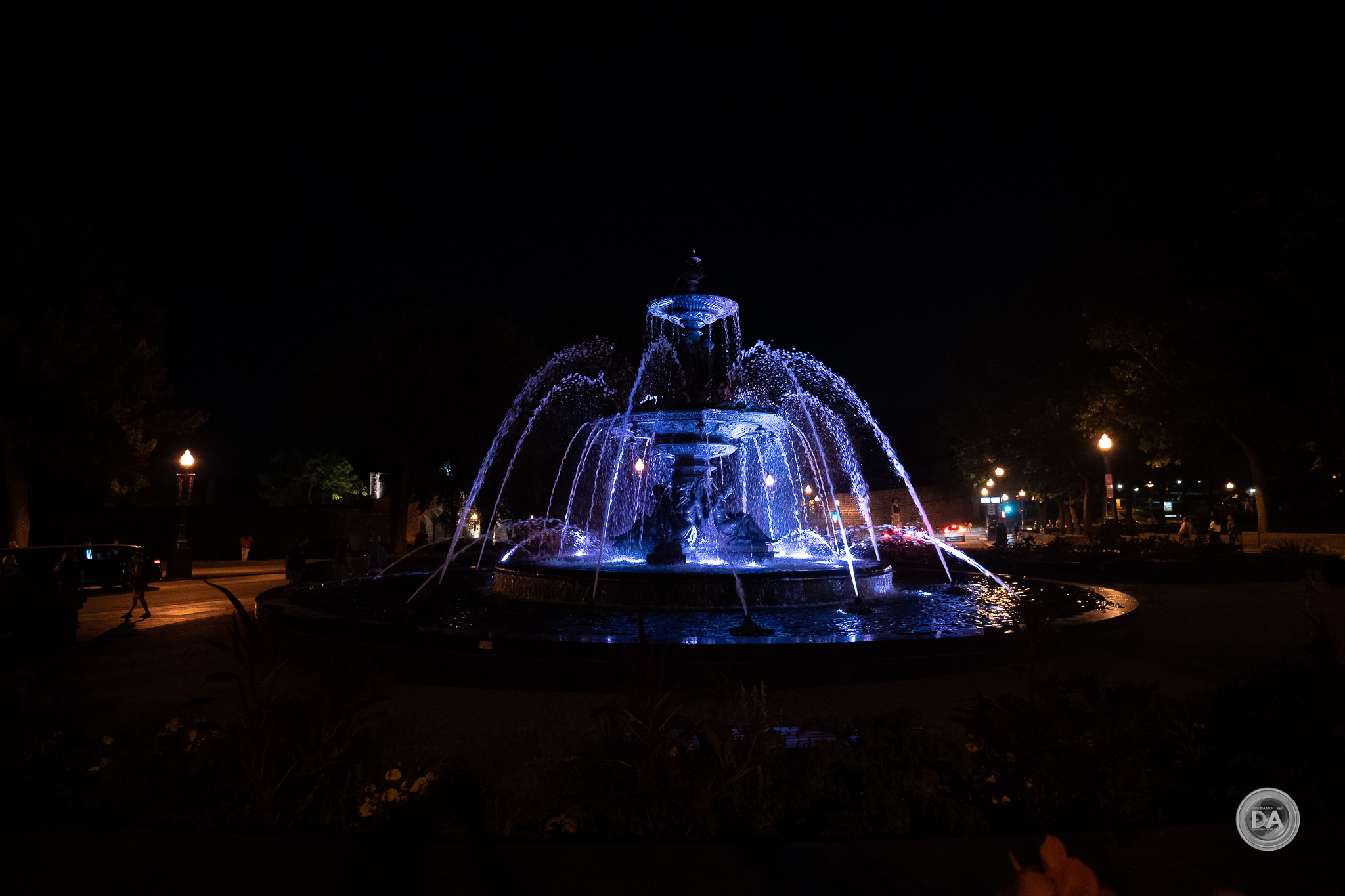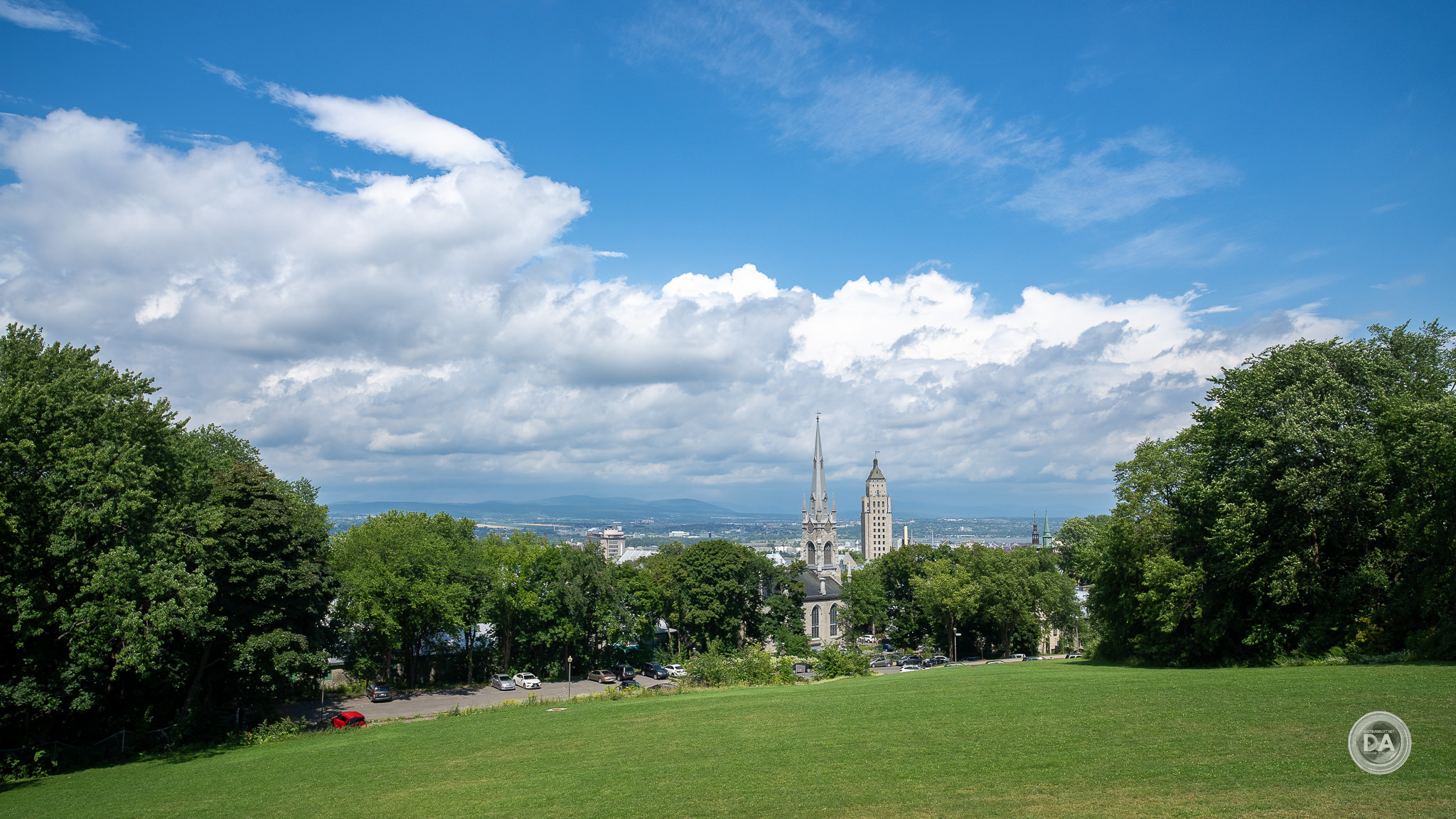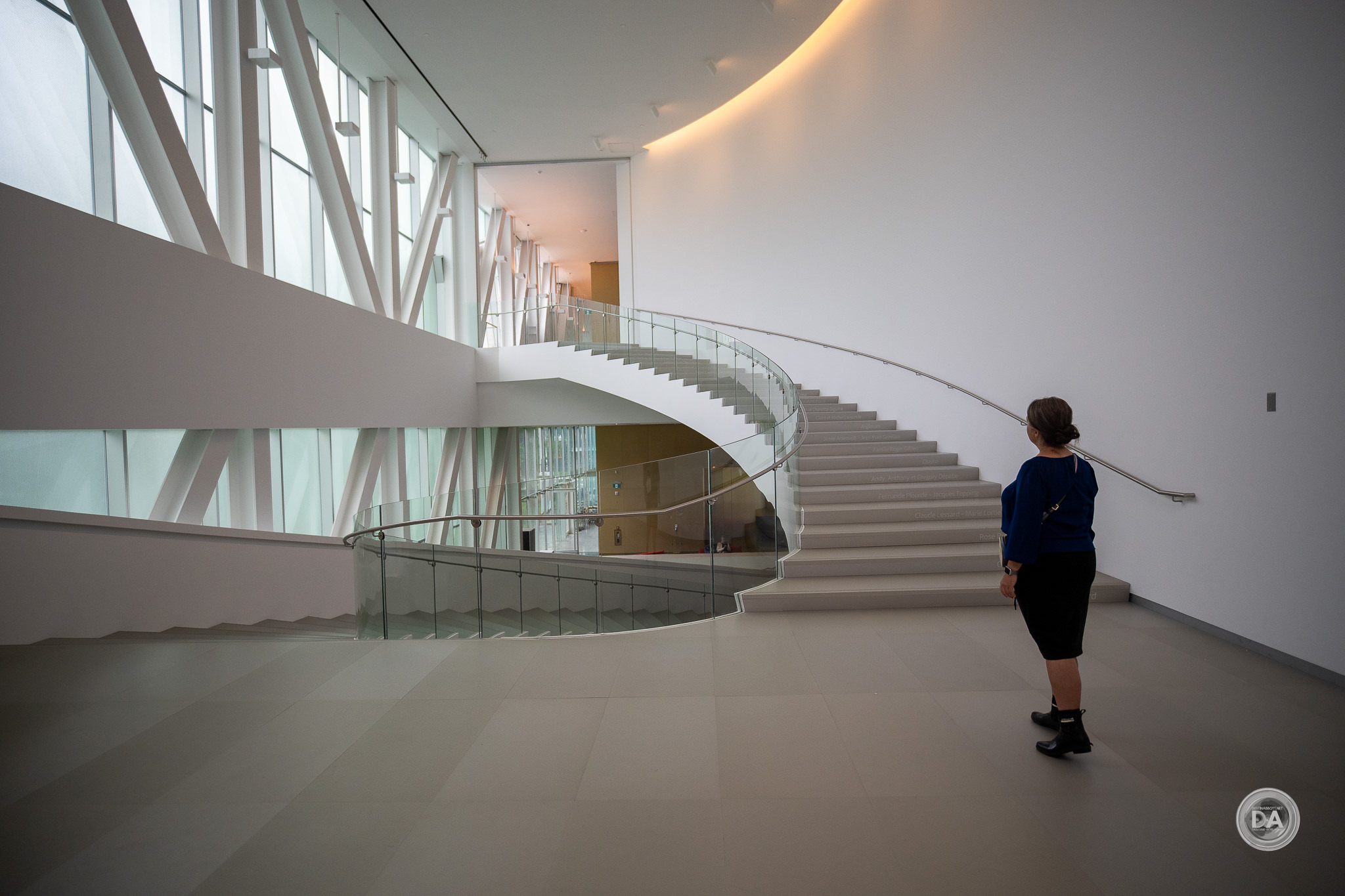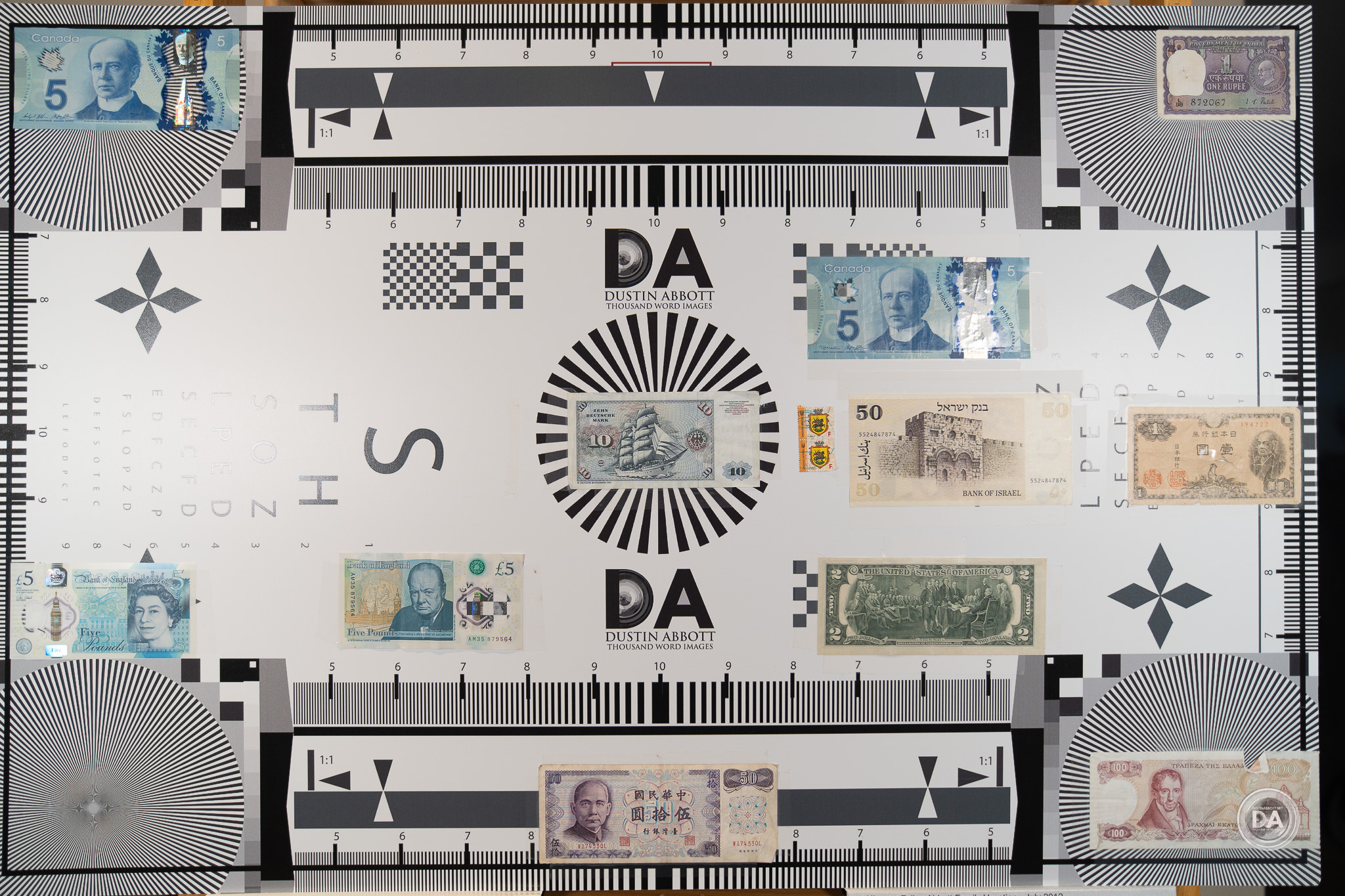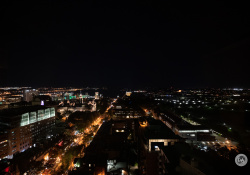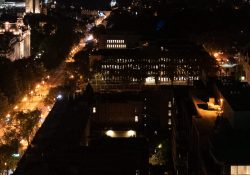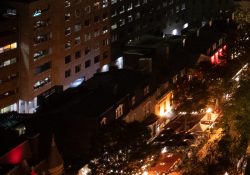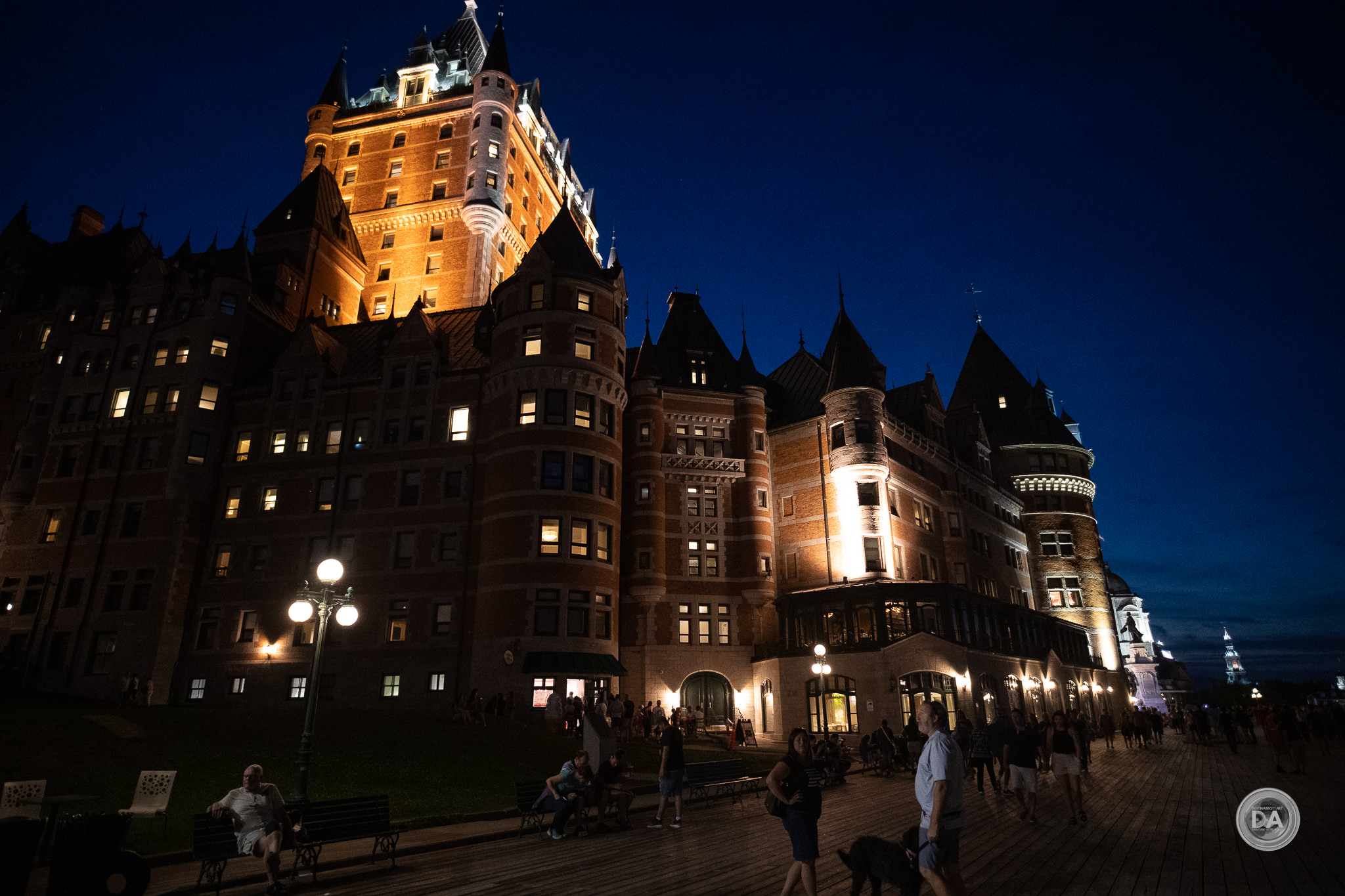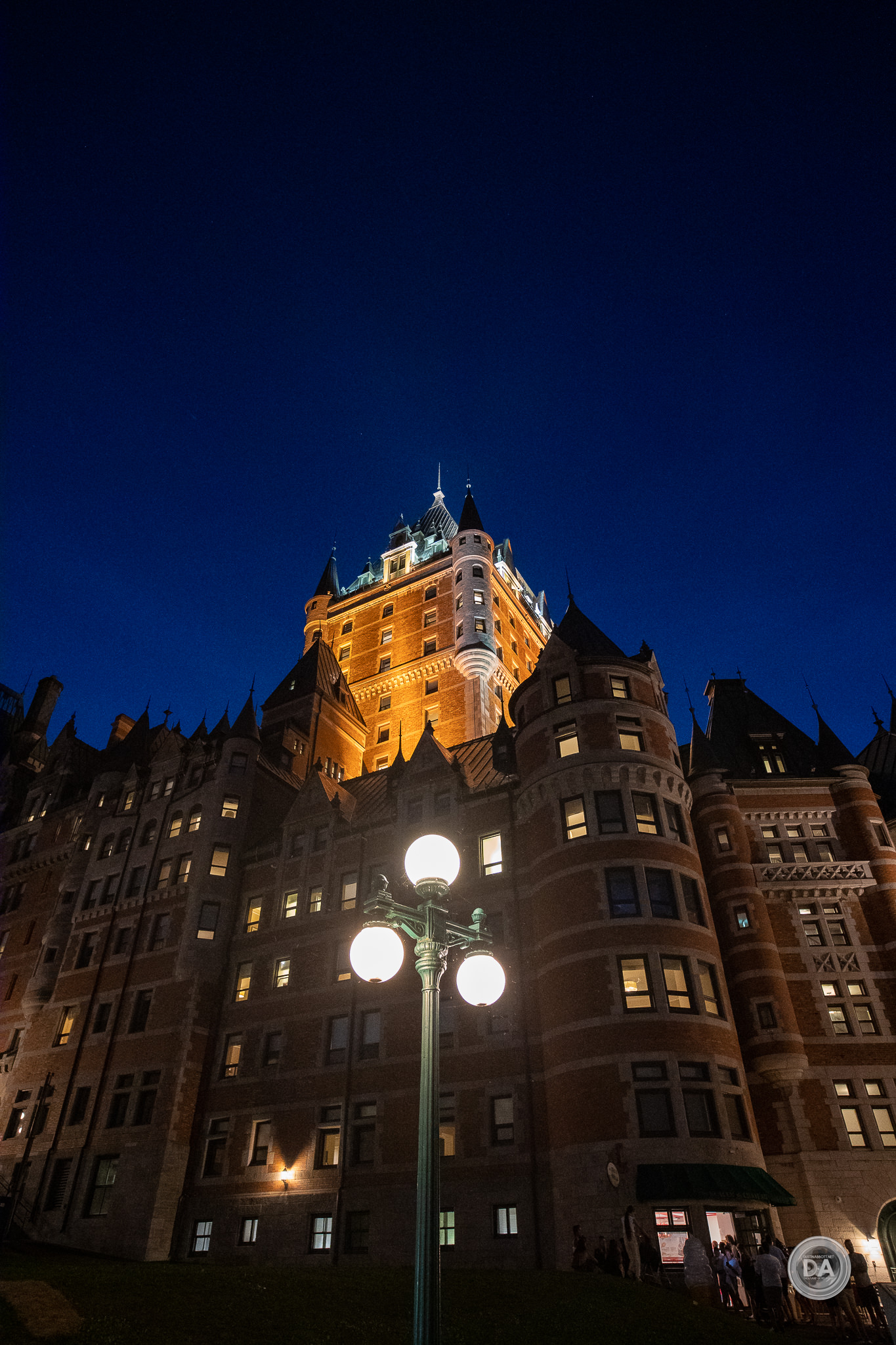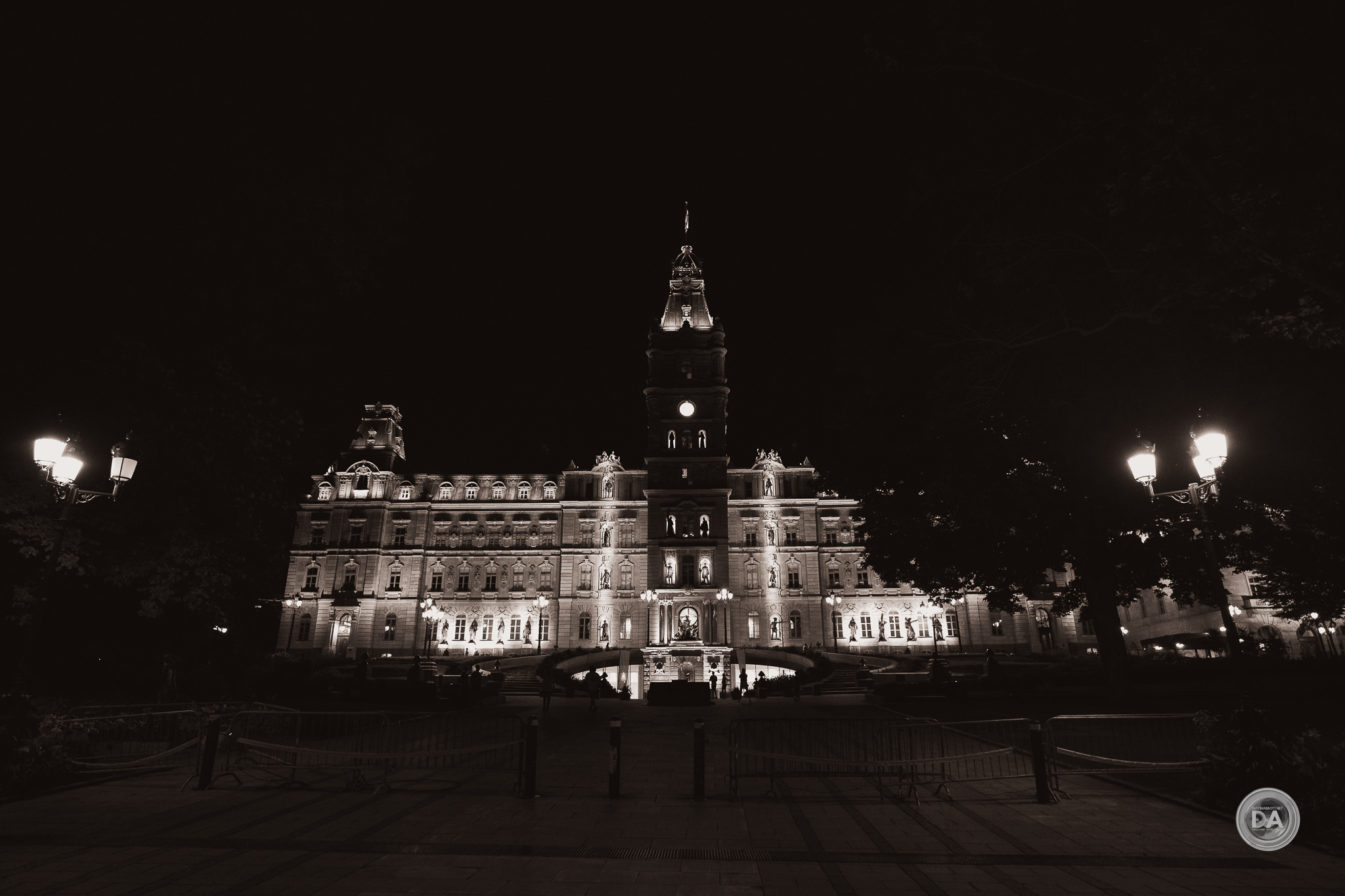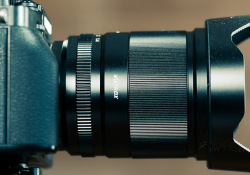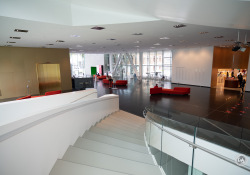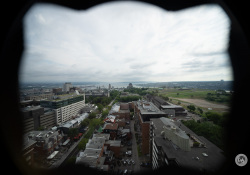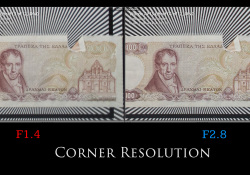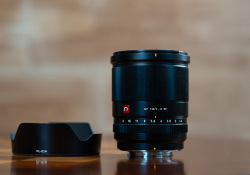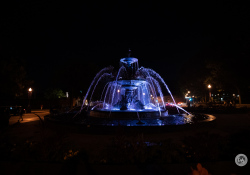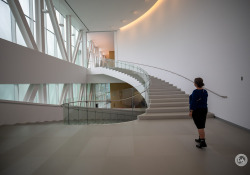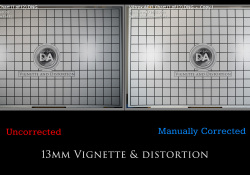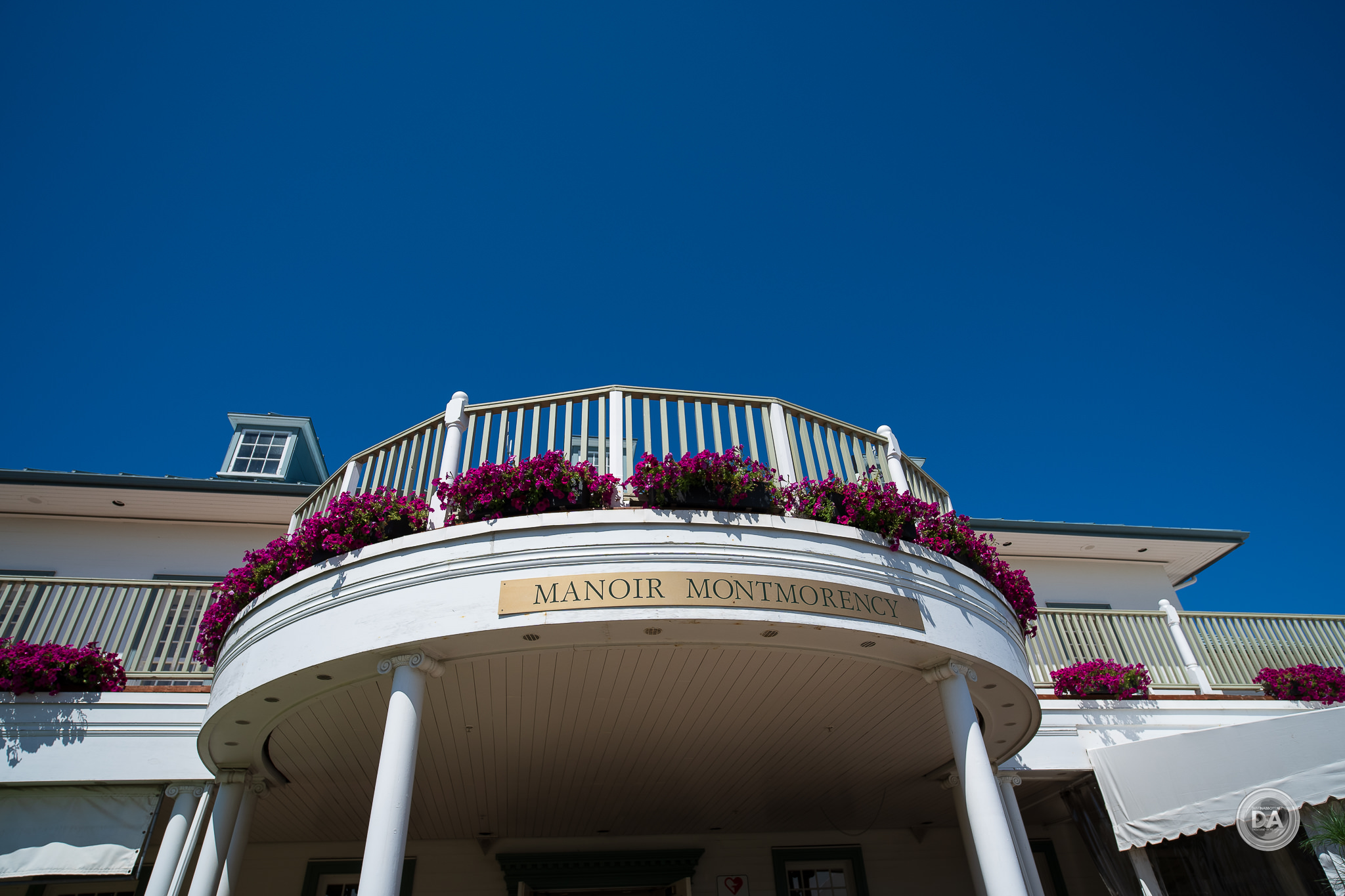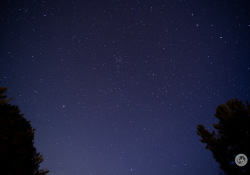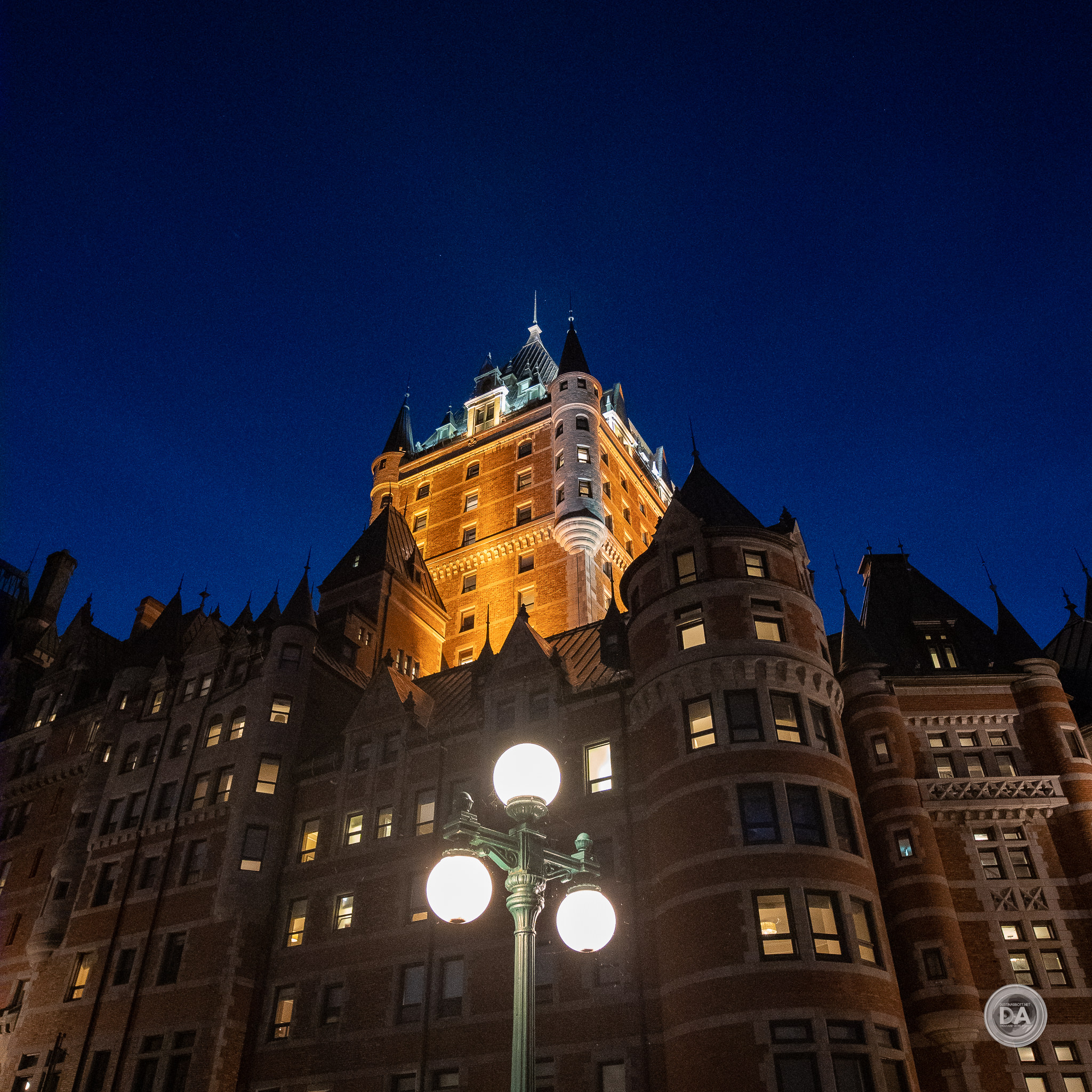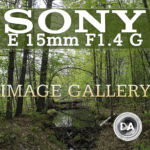Back in May of this year I spent extended time reviewing the Viltrox AF 13mm F1.4 STM for Fuji (on a FUJIFilm X-T4 camera). I concluded that it joined the 85mm F1.8 as one of their best lenses to date and was a very compelling option on Fuji if one is looking for a wide angle, wide aperture prime lens. Fast forward three months and I’ve been spending time with the Sony E-mount version of the lens. There is obviously a lot of crossover between the two versions of the lens, so this won’t be a completely new review, but I was interested to see how what I saw particularly in the autofocus department carried over to Sony. I also have the opportunity to see how well the lens covers the full frame image circle on Sony, something I didn’t have the opportunity to do on Fuji. So if you are a Sony E-mount (APS-C) shooter that is looking for a reasonably priced, high performing wide angle prime, read on and see if the Viltrox 13mm F1.4 STM is the lens you’ve been looking for.
Why do I consider the new 13mm F1.4 to be one of Viltrox’s best? Because it builds on the formula they’ve had to date but improves some key areas of weakness that I’ve consistently seen over my many Viltrox reviews. The Viltrox AF13 has an evolution of autofocus performance that I’ve continued to see from Viltrox, where the gap between their lenses and first party alternatives is rapidly closing. They’ve done a great job of reducing distortion and chromatic aberrations relative to previous lenses. That’s particularly impressive when you consider that this is the widest lens that Viltrox has made to date and also when you consider how wide the maximum aperture is at this focal length (F1.4).
So how wide is this lens? Since it is designed for APS-C cameras, you have to apply the crop factor of the camera to the effective focal length. Sony’s APS-C crop factor is 1.5x, which gives us a focal length of 19.5mm full frame equivalent. This is a great focal length. It isn’t extreme but is rather in what I call the “sweet spot” for most landscape and architectural use. Interior spaces look wide but still natural in a way that wider focal lengths can lack.
You can see the low levels of distortion in the lines of the room. This will be a nice lens for those that want to do real estate video or photos.
And how well does it cover the full frame image circle? Here’s a view over beautiful Quebec City on my Sony Alpha 1 in full frame mode:
…and here’s the same view with the APS-C crop mode engaged:
You can see that the full frame image circle is not thoroughly covered at all, with some strangely shaped mechanical vignetting from the lens’ innards. The lens does cover slightly more than the APS-C image circle, however, particularly if you change the crop ratio.
It’s not a perfect lens, as we’ll see, and there are still a few of the familiar Viltrox weaknesses around, but I do think the new Viltrox AF13 is one of Viltrox’s best efforts to date. The MSRP as it comes to market is $430 USD (though if you buy it from the Viltrox store and use code DUSTINABBOTT you can get 10% any Viltrox product, including this lens) . For that money you are getting a nicely built, versatile lens, though it isn’t a perfect performance. We’ll break down the strengths and weaknesses in this review. If you prefer to watch your reviews, you can check out my definitive video review…or just keep reading.
Follow Me @ YouTube | Patreon | Instagram | Facebook | DA Merchandise | Flickr | 500px
Thanks to Laowa for sending me a review loaner of this lens. As always, this is a completely independent review. *The tests and most of the photos that I share as a part of my review cycle have been done with the Sony a6400 along with the Sony Alpha 1 which will serve as my benchmark camera for the foreseeable future (my review here).
Viltrox AF 13mm F1.4 Build and Handling
There aren’t really any surprises here in the build and design of the lens. Viltrox has consistently made lenses that feel like anything but “plastic fantastics”. There’s a high degree of metal in their build quality, and in the case of the Viltrox AF13, that includes a metal lens hood.
The lens looks very natural on my Sony cameras, though the aesthetic is a little more of a match for Fuji cameras and lenses. The Viltrox AF13 is larger than typical size for many of Viltrox’s APS-C lenses, with a broader diameter that looks more like their full frame lenses. In many ways it feels more at home on my full frame cameras than my a6400. You can see how it compares to the Viltrox X-mount 33mm and 56mm F1.4 lenses:
It is 74mm in diameter (leaving a common 67mm front filter thread) and is 90mm in length. It weighs 420g. The 33mm (the 23mm, 33mm, and 56mm lenses are highly similar in size) is 65mm in diameter and 72mm in length, weighing only 270g. The Viltrox AF13 is in fact larger and heavier than the full frame 24mm F1.8 lens from Viltrox.
That’s not to say that this is an onerously large or heavy lens (it isn’t), but in some ways its size and bulk make it feel like a more premium lens. It has that feel, too, with all metal construction and a dark, sleek look that is a cut above most lenses at this price point.
What is unfortunately still missing is weather sealing. This is (at least) an internally focusing lens, so there is nothing that moves where dust might intrude. There is no gasket at the lens mount, though there is a USB-C port there that allows you to do firmware updates right to the lens.
I’m a fan of this approach, as it eliminates the need for a separate dock or lens station for firmware updates, and I find the process a little more intuitive than even doing firmware updates through the camera. This allows Viltrox to future proof their lenses and continue to improve them through firmware.
There is an aperture ring on the lens that behaves similar to many Fuji lenses. It is clicked (no de-click option) with 1/3rd stop detents and you can twist it fully to the left if you want automatic control of aperture within the lens.
There are no switches on the barrel, which sets it a little behind lenses like the recent Sony 11mm F1.8 and 15mm F1.4 G lenses that I reviewed.
The other ring is the wide zoom ring. It has ribbed, metal surface with nice grip and feel. This is a better experience than many lenses, with enough weight and feel to seem almost like a mechanical manual focus ring. Certainly a better experience than many mirrorless lenses.
There is no image stabilization, so I actually preferred using the lens on my Alpha 1 in APS-C mode as opposed to the a6400 because I could take advantage of the IBIS there. Your mileage may vary depending on what camera body you’re using.
There are nine rounded aperture blades inside, and it seems like Viltrox is doing a better job of having properly centered aperture blades.
One lingering Viltrox weakness remains, and that is in minimum focus and maximum magnification performance. MFD is 22cm (8.7″) and the resulting magnification is only 0.10x:
Opportunities to get really close to things and blur out backgrounds will be limited with this lens.
Beyond those few weaknesses, however, this is a very nicely executed package. The lens feels high quality in the hands, and it handles quite nicely. Of Sony’s APS-C bodies (at the moment), the a6600 is the best match due to having a deeper grip than the other bodies, but that’s a given due to the size of the lens. I would say the lens offers quite good “bang for the buck” in terms of quality.
Autofocus Performance
I was very impressed with the STM motor on the Viltrox AF 13mm F1.4 on Fuji as I found it a better experience than I had seen even on any NATIVE Fuji lens (surprisingly). Autofocus was fast, quiet, and smooth. I experienced the best focus pulls that I’ve ever seen on a Fuji camera, with fast, smooth focus pulls with no obvious stepping (typically a weakness for Fuji lenses). I could not pick up any sounds during focus with the onboard camera. I was interested to see if the same would be true on Sony, and I was pleased to see that autofocus remained excellent. In most all situations I found that autofocus was fast, quiet, confident, and accurate.
I also found that the transitions from my face to my hand during my tests were smooth and confident, with focus immediately returning to my eyes when the obstruction was removed. Focus breathing is also minimal, making this a nice lens for video or vlogging (due to the excellent focal length for this task).
In short, this was the best video autofocus performance that I’ve seen on a Viltrox lens.
I also had good performance for stills, with good eye detection and accurate focus even at closer focus distances and F1.4. In this composite shot, you can see that I had accurate focus at F1.4 at a variety of focus distances as I had my wife move throughout this beautiful space.
I had no problems in lower light situations as well.
The only time I saw any focus issues at all were a very few occasions at smaller apertures in lower lighting conditions where I saw a bit of pulsing, but this is not at all unusual to experience with wide angle lenses on Sony bodies with all points active. There can almost be too much to focus on. I was always able to get the shot that I wanted, though.
In short, autofocus was excellent, and the addition of the USB-C port allows firmware updates to further improve focus results in the future.
Viltrox AF 13mm F1.4 Image Quality
Viltrox has pulled out all the stops with this lens and has included a number of exotic elements in the optical construction, leaving an MTF results that looks quite good at F1.4 and great when stopped down to F8:
As noted earlier, there are a certain trends/traits that I associated with Viltrox lenses, and while some of these are improved here, there are a few lingering areas that I would like to see Viltrox improve upon. That being said – I think this lens (along with their surprisingly strong 85mm F1.8) is one of their best lenses to date.
One area where I do see clear improvement is in the area of LoCA (longitudinal chromatic aberrations). Viltrox lenses have frequently suffered from more fringing than what I would like (particularly green fringing after the plane of focus), but I find that the Viltrox AF13 is delivering a nicely neutral performance here. There’s no fringing showing up in the high contrast zones looking out these windows, which is an area where an otherwise good lens like the Sigma 16mm F1.4 suffered.
That’s real progress.
I’m also satisfied with the control of LaCA (lateral chromatic aberrations) that typically show up along the edges of the frame with high contrast transition points (like the bare branches against the bright sky below).
There is little fringing to be seen here, which is another positive development.
If we move on to vignette and distortion we find even more positive developments. There is next to no distortion at all (I did no correction) and vignette is moderate, requiring a +54 to correct (right under two stops).
That makes this a good lens to consider for those who do real estate or interior photography (or video), as lines are naturally nice and straight without correction, which also means that you retain a wider angle of view (nothing is lost in correction). I was very happy using the lens to photograph interiors or objects with straight lines.
So far things are looking very positive. We’ll move on to inspecting our test chart. This test has been done on a 24MP Sony a6400 sensor, currently the highest resolution sensor that Sony offers in the APS-C space. I use a high end tripod and two second camera delay to ensure vibration doesn’t affect images. Here’s a look at the test chart that we will examine at high magnification:
If we take a look at crops at F1.4 from the center, mid-frame, and lower right corner, we find that center and mid-frame performance is very good, and while there is some drop-off towards the corners, they remain pretty strong.
This night scene in Quebec City was shot at F1.4, ISO 3200, and you can see that the lens is perfectly capable of making detailed images even under these challenging conditions.
Stopping the lens down will produce only minor improvements in the center and mid-frame, but you can see obvious improvements in the corners at F2.8:
I shot at night in Quebec City at apertures of F1.4 and F2 and got nicely detailed images:
Shoot at more typical landscape apertures like F5.6 and you will be rewarded with nicely detailed images across the frame.
Minimum aperture is F16, but you will see some effects of diffraction, so I would recommend staying at an aperture no smaller than F11 if possible.
I often don’t find Viltrox color rendition top tier (processing needs a delicate touch to avoid colors going garish), but I do think that they are making progress in this area. I can’t say that colors looked much different than other lenses I used alongside the Viltrox. I had plenty of images where I felt like the image as a whole (including the color) was very nice.
Here’s another where I felt like saturation levels were nice and intense but still natural.
Any lens with a wide angle of view and a large maximum aperture is going to be a potential candidate for astrophotography. The Viltrox AF13 is no different. I had a slightly difficult time nailing focus perfectly in the dark, but I did find that there is a bit of coma at F1.4 that seems to improve by F2, where the results were quite good (mostly some stretching of star points due to the length of the exposure). *These results from Fuji version of the lens.
This is a definitely a candidate for all kinds of night-time photography due to the great focal length and maximum aperture.
The low magnification levels of the Viltrox mean that there won’t be a ton of opportunities for high diffused backgrounds even with the F1.4 aperture. I found the bokeh quality where I could capture it to be only average – neither particularly bad or particularly good.
Flare resistance is really situational, in that there were certain images where I experienced a high level of flare and others where it was fairly well controlled. The worst performances seemed to be when the sun was near the edge of the frame, while the best results came with the sun a little further into the frame. Certainly not a flawless performance – I’ll let you judge for yourself from these images.
I’ll conclude this section by noting that my overall feelings about the Viltrox AF13 are very positive. I think this is one of their best lenses to date, and the list of optical strengths in my opinion far outweigh the list of optical flaws. You can check out more photos by visiting the image gallery here.
Conclusion
The Viltrox AF 13mm F1.4 is a very welcome addition to the Sony APS-C catalog, though I do feel like it is a little more competitive in the Fuji space due to the higher prices of many native Fuji lenses. It’s a little hard to argue this 13mm F1.4 over a lens like Sony’s 11mm F1.8 when that lens has more features (including weather sealing) and is significantly smaller. I really like the Viltrox, but the Sony is probably the stronger value at just $110 more. To be fair, though, 11mm is not 13mm, and F1.8 is not F1.4. There are still reasons to consider the Viltrox. It is a fairly sophisticated lens for such a new brand, with good build quality, excellent autofocus performance, and a strong optical showing. A lens with this wide of a focal length and this large of a maximum aperture isn’t easy to engineer, but Viltrox has pulled it off with a fair amount of aplomb here.
It’s not a flawless lens, proving a bit flare prone and with soft corners until F2.8, but those weaknesses are easily outweighed by an exceptional performance in distortion and chromatic aberration control. The Viltrox does top the Sony in distortion and vignette control, which could be a significant factor for some. Yes, I would love to see Viltrox start to employ weather sealing into their designs, but it’s also reasonable to point out that many lenses in this price range also lack weather sealing.
At a price point of $429 USD, the Viltrox AF13 offers great value for money. Sony shooters have more options than what I could point to on Fuji, but I do think there is still a market for this lens. At the very least, the Viltrox AF 13mm F1.8 STM is evidence that Viltrox is going to be a force to be reckoned with in the future.
Pros:
- Nice build
- STM focus motor is quiet, smooth, fast, and accurate
- Faster maximum aperture than some competing lenses
- Smooth, quiet, confident focus pulls in video
- Excellent center and midframe sharpness at wide apertures
- Good control of aberrations
- Very low distortion for a wide angle lens
- Fairly good coma control
- Good lens for interiors due to straight lines
- USB port for firmware updates
- Good price to performance ratio
Cons:
- No weathersealing
- Corners soft at wide apertures
- Can be flare prone
Purchase the Viltrox AF 13mm F1.4 STM @ B&H Photo | Amazon | Amazon Canada | Viltrox (use code DUSTINABBOTT for 10% 0ff)| Pergear | Amazon UK
Purchase the Sony a6600 @ B&H Photo | Amazon | Camera Canada | Amazon Canada | Amazon UK | Amazon Germany | Ebay
Purchase the Sony a6400 @ B&H Photo | Amazon | Amazon Canada | Amazon UK | Amazon Germany | Ebay
Want to support this channel? Use these affiliate links to shop at: B&H Photo | Amazon | | Camera Canada | Ebay | Make a donation via Paypal
Buy DA Merchandise https://bit.ly/TWIMerch
Peak Design Leash Strap: Peak Design Store | B&H Photo | Amazon | Amazon Canada | Amazon UK
Adobe Photoshop Creative Cloud 1-Year Subscription
Get a discount off all Skylum Editing Software (Luminar, Aurora HDR, AirMagic) by using code DUSTINHDR at checkout:
Visit Dustin’s Amazon Storefront and see his favorite gear
Purchasing your gear through B&H and these links helps fund this website and keeps the articles coming. You can also make a donation here if you would like. Visit my Amazon page for some of my gear of choice! Thank you for your support.
Great News! I can now offer a 5% discount on all purchases at Amplis Foto, Canada’s Leading Photographic Supplier. Please enter discount code: AMPLIS52018DA in your cart. It is good for everything in your cart, and is stackable with other coupons, too! It will take 5% off your entire order! Proceeds go towards keeping this site going and providing you with new reviews!
Keywords: Viltrox, Viltrox AF, Viltrox 13mm, Viltrox 13mm, F1.4, f/1.4, STM, Viltrox AF 13mm F1.4, Viltrox 13mm Review, Viltrox 13mm F1.4 Review, Review, Dustin Abbott, a6500, a6400, Alpha 1, Hands On, Video Test, Sharpness, Autofocus, CA, Video AF, Autofocus, Eye AF, Lens, Comparison, Test, Dustinabbott.net, Sample Images, Sample Video, Let the Light In, Burst, Action, #letthelightin


